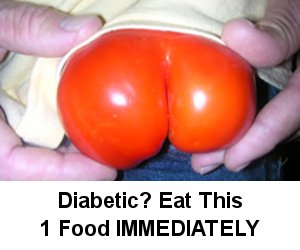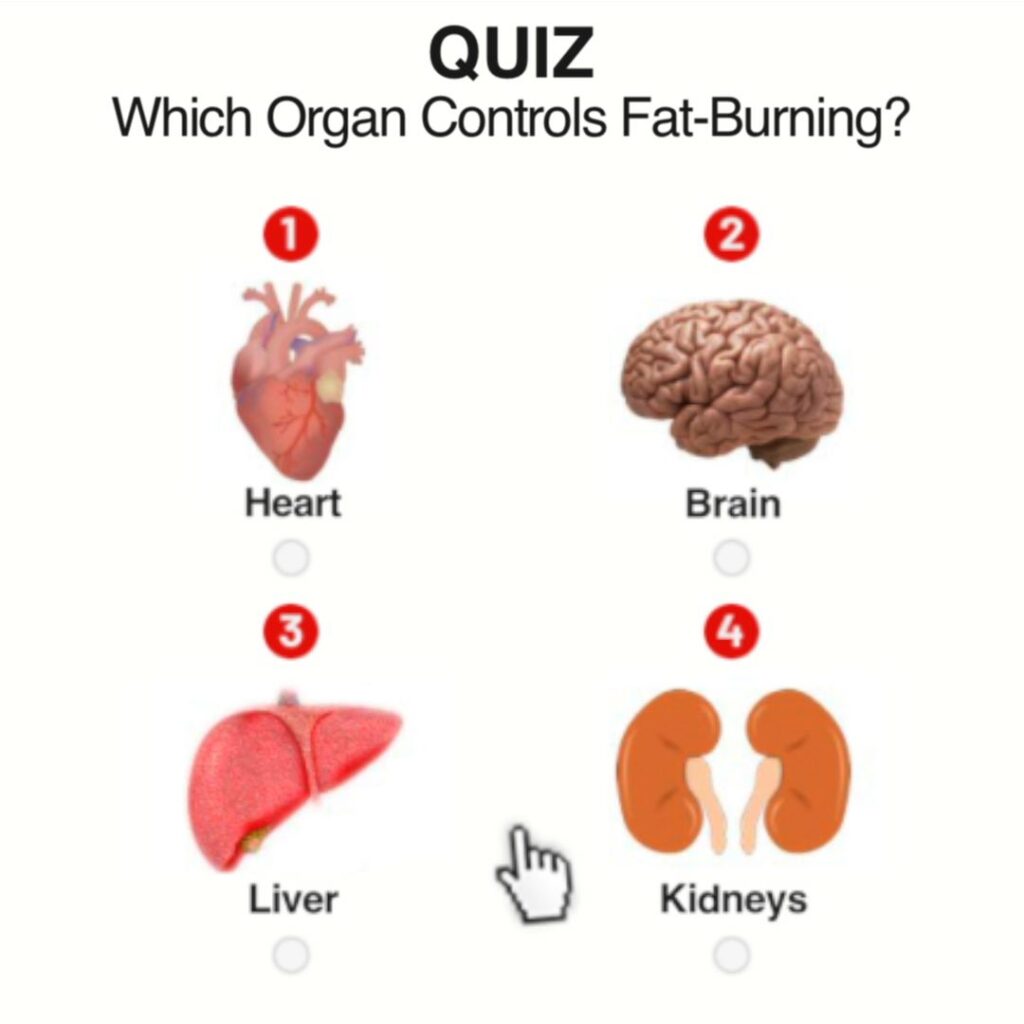For years I’ve experimented with my diet — trying various combinations of foods, eating at different times and even fasting to find the best eating plan for myself. I have concluded that a low carb-high quality fats and protein diet is ideal for my weight loss and maintenance goals. I don’t always eat this way but try to come close each day.
As Gary Taubes points out in the following article, food manufacturers are finding clever ways to disguise unhealthy ingredients in foods to increase their bottom line . . . . all to the detriment of the consuming public. I have written about the importance of reading product labels in the past and it’s becoming more crucial to do so today. We have also been hoodwinked into thinking that that all fats are bad which is so far from the truth.
Low carb diets win for weight loss: Gary Taubes explains why
Low carb diets have become increasingly popular for weight loss. But understanding how to implement the principles behind these plans can seem daunting. Gary Taubes has become known for his expertise into turning the complex science of low carb diets into digestible terms, and he talked with Scientific America about his latest discoveries on Oct. 7.
Author of “Good Calories, Bad Calories” and “Why We Get Fat,” Taubes has converted many readers from low-fat high carb food plans to low carb diets. In recent years, new studies have confirmed his view that grains and sugar are the culprits when it comes to the nation’s expanding waistlines. Taubes also has attracted attention for challenging the view that consumers should eat less fat, pointing to the failure of the USDA’s diet guidelines as evidence.
“We know something has changed in our diets and/or lifestyle to trigger these dramatic increases in the prevalence of obesity and diabetes,” he said. “The conventional thinking is that obesity is a disorder of energy balance and we’ve gotten steadily fatter over the past fifty years simply because we eat more than ever and exercise even less.”
It’s not willpower that’s the problem, emphasizes Taubes. It’s the quality of our diets more than the quantity, with manufacturers loading our foods with white flour, sugar and salt. As to the conventional wisdom that a calorie is a calorie? Wrong.
“Up until now, they’ve assumed that a calorie is a calorie is a calorie, and that the only dietary factor that influences fat accumulation is the balance of calories in and out,” says Taubes. He views that assumption as “bizarrely naive.”
Taubes believes that more research needs to be conducted on diets and what really works effectively not just for weight loss but for conditions such as diabetes. However, “it is very easy to get funding to do drug research and very hard to get funding to do diet research,” he said in an Oct. 7 interview with the Republican American.
And although some research has shown that low carb diets are more effective, Taubes feels that longer-term studies are needed. He’s also concerned about compliance to the food plans.
“After three to six months typically, it’s clear few of the subjects are adhering to the diets. Hence, you can think of these tests as comparing what happens when you advise subjects to eat a low-carb diet and compare that to what happens when you advise subjects to eat a low-fat diet,” said Taubes.
What remains to be determined? “What happens when people really do eat those diets and keep it up for years at a time. Not what happens when they’re advised to do it, and most of them don’t.”
In addition, he notes that several studies have given dieters specific low-fat and low-carb diet guidelines. As a result, both groups limit sugar and refined grains, making comparisons more challenging. As a result, criticizes Taubes, “you can think of these studies as comparing a low-fat carbohydrate-restricted calorie-restricted diet, to a high-fat, carbohydrate restricted diet” instead of comparing a low-fat, high-carb diet to a high-fat, low-carb plan.
Original post found here.P.S. Diabetics must be especially careful when buying food stuff as there are so many ways to disguise sugar in labeling of food products. Next time you buy a bottle of catsup look at the amount of sugar listed on the nutrition label. Ingredients are listed by the amounts included in the package and sugar is usually the second or third listed ingredient.
P.P.S. Visit How to Prevent Pre-diabetes today for exercise plans specifically designed for diabetics.






